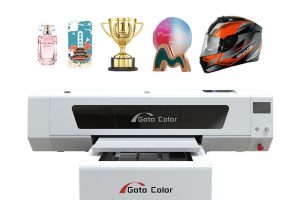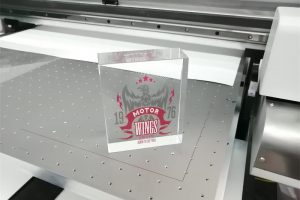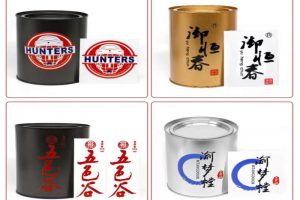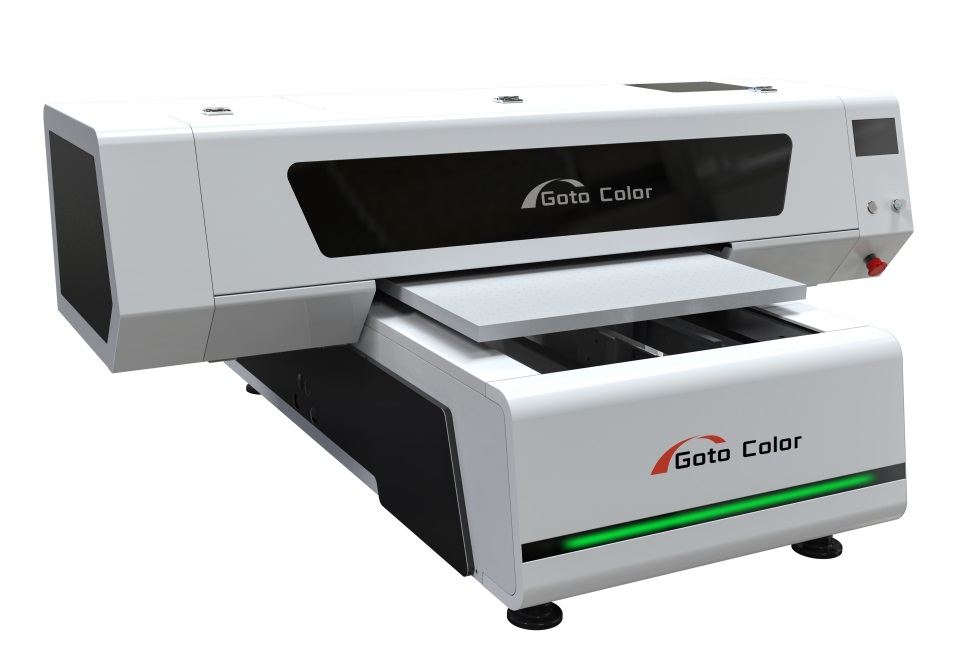If you’re considering a UV printer for printing on acrylic, here’s what you need to know:
✅ What such a printer can do
A UV flatbed or hybrid printer designed for acrylic sheets and rigid substrates can print directly onto materials like acrylic, plexiglass, wood, metal, glass, and many others.
These machines often support white ink (essential for clear/translucent acrylic) and varnish/texture layers to enhance finish effects.
Some models allow multi-layer effects and raised textures (“3D” prints) on acrylic surfaces.
Supports direct to substrate printing (no transfer film) on rigid materials.
⚠️ What to check / challenges
- Acrylic surfaces may require proper adhesion: some users report ink flaking off if surface is untreated or primer isn’t used.
- Verify material thickness capability of the machine (some can handle thick rigid sheets, others not).
- Ensure the machine offers white ink if printing on clear or colored acrylic to maintain contrast and vibrancy.
- Check curing system (UV LED vs other) and compatibility with acrylic since heat or solvent can distort acrylic.
- Consider surface preparation (some acrylic is treated/hardened and may require special primer) to ensure durability of print.
🔧 Example machine (for reference)
Epson SureColor SC‑V1030: A desktop UV platform printer suitable for smaller size applications — can give you a sense of price and size.
If you need larger flatbed format specifically for acrylic sheets (e.g., 600×900mm or larger), look at models described in sources above like the “6090” size UV flatbed.
If you have any questions, please don’t hesitate to leave us a message.












